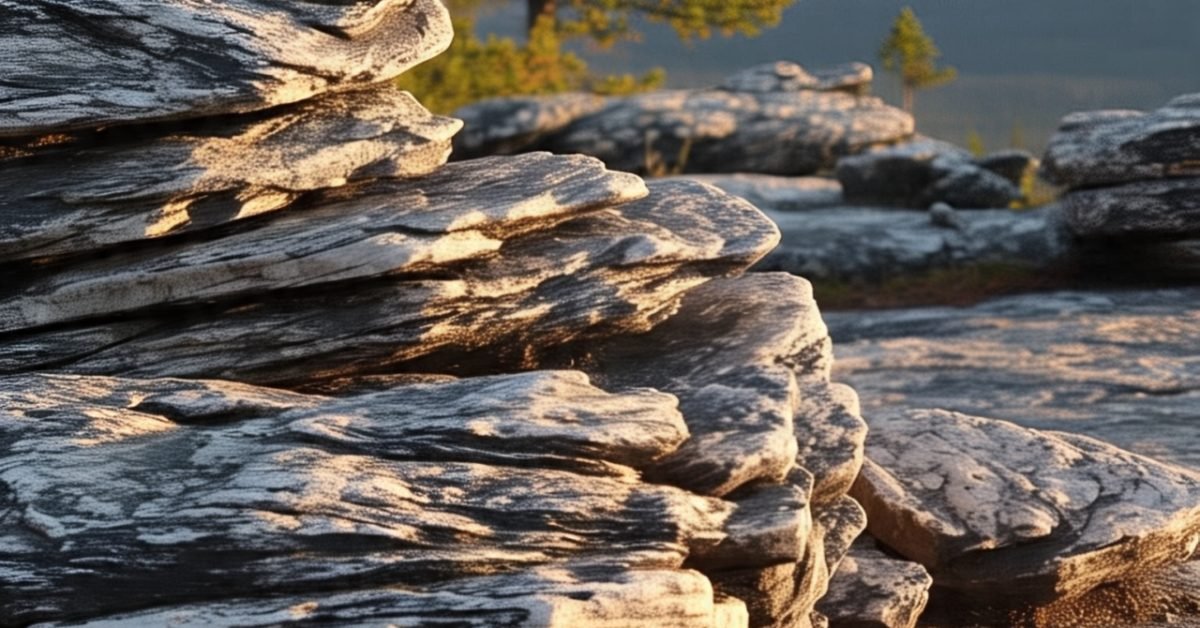Scientists Uncover Earth’s Oldest Rocks, Dating Back More Than 4.16 Billion Years Ago

Table of Contents
A Window Into Earth’s Mysterious Beginnings
A groundbreaking discovery in the far reaches of northern Quebec, Canada, has offered scientists a rare glimpse into the earliest moments of Earth’s history. Researchers have uncovered the oldest known rocks on Earth, dating back over 4.16 billion years, pushing the timeline of the planet’s formation further back than previously confirmed.
This astonishing find was made near the remote village of Inukjuak in Nunavik, a region marked by rugged terrain and geological complexity. The ancient rocks, formed during a time of intense volcanic activity, are helping scientists reconstruct the puzzle of Earth’s chaotic early years, known as the Hadean eon.
What Is the Hadean Eon?
The Hadean eon represents the first 600 million years of Earth’s existence. It is a period largely shrouded in mystery due to the extreme conditions that dominated the planet:
High surface temperatures
Frequent meteorite impacts
A molten surface gradually forming solid crust
Very little material from this time has survived the intense geological recycling processes of Earth’s dynamic crust, making Hadean rocks incredibly rare and scientifically valuable.
Discovery Timeline: From Debate to Breakthrough
The story of this discovery began in 2017, when researchers identified unusual rock samples in the ancient geological formations near Inukjuak. Initially, there was considerable debate in the scientific community about the exact age of the rocks, with estimates ranging from 3.75 to 4.3 billion years.
What set this study apart was the application of advanced radiometric dating techniques. The breakthrough came when scientists discovered intrusive rock formations that had penetrated older volcanic layers. By dating the intrusions to 4.16 billion years ago, the team concluded that the surrounding volcanic rocks must be even older.
How Were the Rocks Dated?
The research team used high-precision geochronology, specifically uranium-lead (U-Pb) dating on zircon crystals, which are tiny mineral grains often found in ancient rocks. Zircons are extremely durable and can retain information about their formation even under high pressure and heat.
The 4.16-billion-year-old date represents a new benchmark in the quest to understand the Earth’s earliest crust and validates years of fieldwork and technological advancement.
Significance of the Discovery
This discovery does more than just add a new chapter to geology textbooks—it fundamentally enhances our understanding of:
The formation of Earth’s early crust
The nature of early volcanic activity
The transition from a molten surface to solid landmasses
The environmental conditions that may have supported the earliest forms of life
Understanding the structure and composition of Earth during this time can also provide insights into the development of other rocky planets like Mars or Venus, where ancient surfaces have remained relatively unchanged.
A Major Leap for Planetary Science
According to the study published in Science, this research offers crucial evidence of the geological processes that shaped Earth in its infancy. The rocks tell a story of magma oceans, volcanic upheavals, and rapid cooling, offering one of the few physical records of the Hadean world.
This also strengthens the growing view that Earth stabilized more quickly than previously thought, creating conditions that may have allowed life to emerge earlier than assumed.
Global Scientific Interest
The discovery has sparked global interest within the scientific community. Experts in planetary science, geochemistry, and astrobiology are examining the findings for broader implications, including:
Planet formation theories
Early atmospheric development
Potential analogs for exoplanet exploration
These ancient rocks could even help researchers fine-tune their understanding of how habitable planets evolve, potentially influencing future missions in search of life beyond Earth.
Challenges Ahead: Preserving and Studying the Past
While the discovery is monumental, it also highlights the challenges of studying Earth’s oldest rocks:
Access to remote locations
Extreme weather conditions
Preservation of delicate samples
The need for high-tech laboratories for analysis
Despite these obstacles, the scientific rewards are substantial, offering clues to one of the greatest mysteries—how Earth became Earth.
Conclusion
The unearthing of rocks over 4.16 billion years old near Inukjuak, Quebec, is more than a geological curiosity—it is a scientific treasure. These rocks offer a direct link to the Hadean eon, providing new clarity about Earth’s earliest processes and conditions.
As researchers continue to explore and analyze these ancient formations, we move one step closer to understanding the origins of our planet, the birth of its crust, and the conditions that laid the groundwork for life. This discovery marks a significant milestone in geology and planetary science, opening a door to the distant, fiery past of Earth that until now remained locked in mystery.
FAQs
1. Why are the newly discovered rocks important?
They are the oldest known rocks on Earth, offering rare insights into Earth’s early formation and the Hadean eon, a time that remains largely unexplored.
2. How old are the rocks?
The rocks have been dated to at least 4.16 billion years old, and the surrounding layers may be even older.
3. Where were the rocks found?
They were discovered near the village of Inukjuak in northern Quebec, Canada.
4. What dating method was used?
Scientists used uranium-lead dating on zircon crystals to determine the age of the rocks.
5. What does this mean for science?
The discovery provides a clearer picture of Earth’s formation, supports models of early planetary development, and may inform the search for life on other planets.
